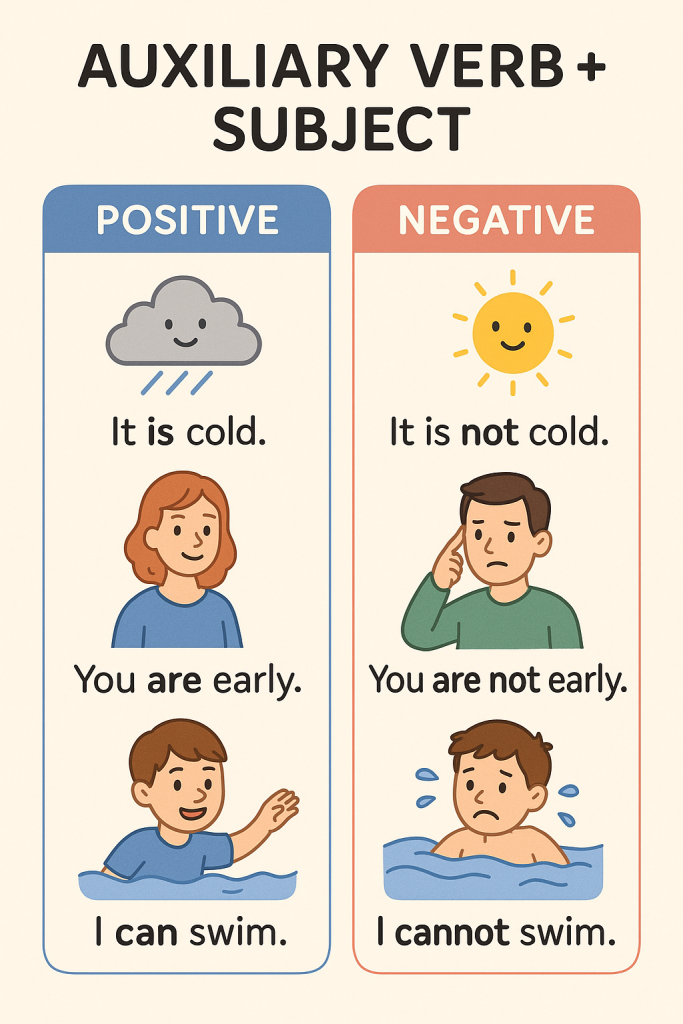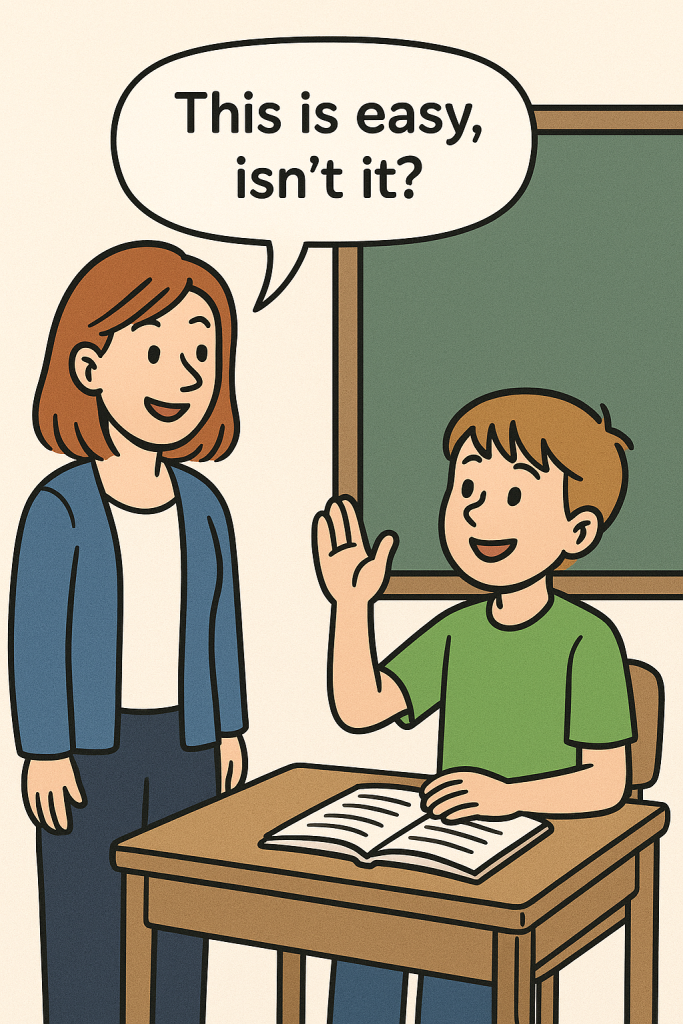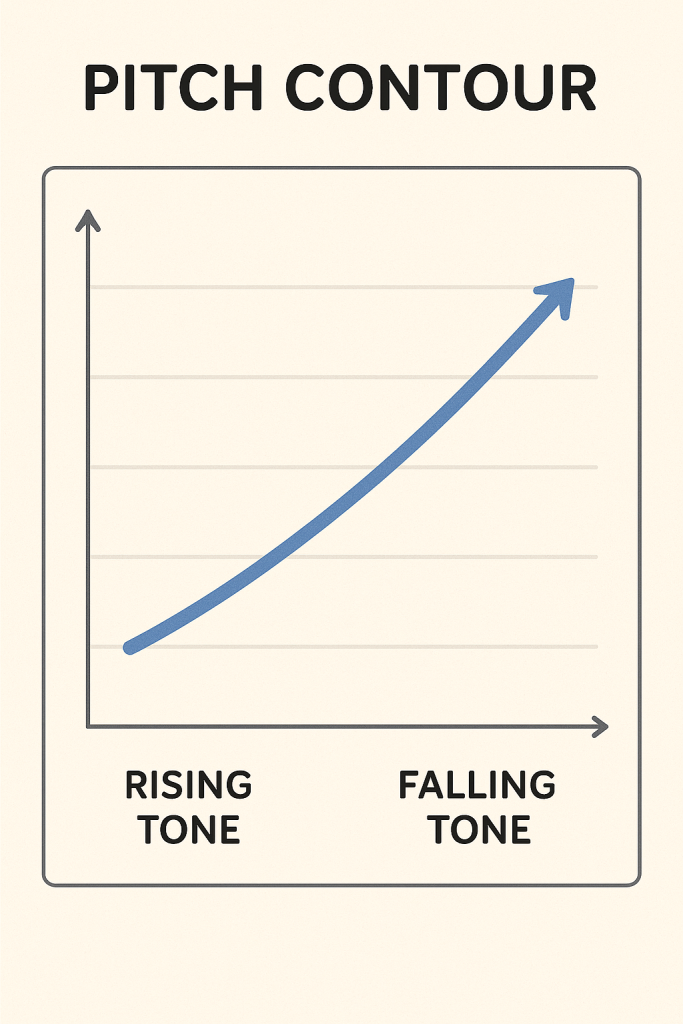Tag questions—those clingy little phrases like “aren’t you?” or “didn’t he?”—aren’t just grammatical fluff. They’re essential tools in English that confirm, engage, and occasionally confuse, depending on your tone (and your life choices). Whether you’re cracking a joke at lunch or presenting your quarterly report, these questions add depth and friendliness to your speech. They’re also a sneaky shortcut to sounding fluent without doing all that… talking.

So yes, we’re diving deep into tag questions. Because the world desperately needs more people saying, “You agree, don’t you?”
What Are Tag Questions?
A tag question is a short question added to the end of a statement. It usually follows this format: auxiliary verb + pronoun.
- Positive statement + Negative tag: “You’re coming, aren’t you?”
- Negative statement + Positive tag: “She doesn’t eat meat, does she?”
These questions always match the tense and subject of the main sentence. If you need a refresher on sentence parts, check out simple subjects or revisit basic sentence structure.
Where Are Tag Questions Used?
Let’s look at a few different settings where tag questions show up.
In Social Conversations
People often use tag questions in small talk or informal chats.
- “Lovely weather today, isn’t it?”
- “You’ve been here before, haven’t you?”
They help make the conversation smoother and invite the other person to respond.
In Work or Academic Settings
Tag questions also appear in meetings, presentations, and formal discussions.

- “We should review the report, shouldn’t we?”
- “This graph shows improvement, doesn’t it?”
If you’re working on formal writing too, check out comma rules in professional emails or how to choose between passive and active voice.
In Classrooms
Teachers use tag questions to check understanding and encourage participation.
- “You finished your homework, didn’t you?”
- “We already covered this, didn’t we?”
For classroom activities, take a look at the British Council’s resource on tag questions.
Why Tone Matters

Here’s the part that really changes how tag questions sound: intonation.
- Rising tone = You’re asking a real question.
“He’s your friend, isn’t he?” (You’re unsure.) - Falling tone = You’re just confirming.
“It’s a great book, isn’t it?” (You think it is.)
Tone can shift the meaning dramatically. So, pay attention when you speak. Want help improving your pronunciation? Try this BBC Learning English guide. It breaks down tone and inflection clearly.
Also, if tone and vocabulary feel tricky, read our post on phrasal verbs in business English to sound more fluent.
Conclusion
Tag questions are small, but they play a big role in making your English sound natural. They help you connect with others, check for understanding, and keep the conversation going.
Why not start using them today?
Tell us in the comments: What’s a tag question you’ve heard or used recently?
And if you found this post helpful, don’t forget to share it!
Keep learning with related topics:
